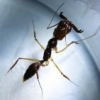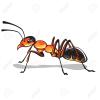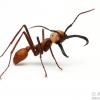So I have a few questions about hibernation as there is a lot of helpful information about taking care of your ants while they are not hibernating but I can't find anything concrete for taking care of them while they are hibernating.
My Lasius Niger colony will be in a test tube (getting them next week, so they may be active)
How often (if at all) do you feed them? (Someone in a chat told me a drop of honey every 1-2 days) & what should I do when they first arrive if I want to put them straight into hibernation?
Any other advice or tips for hibernation care?
Edited by MiaRose, November 25 2016 - 6:05 AM.


















